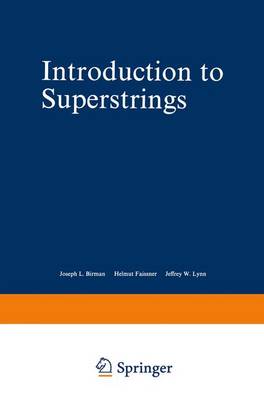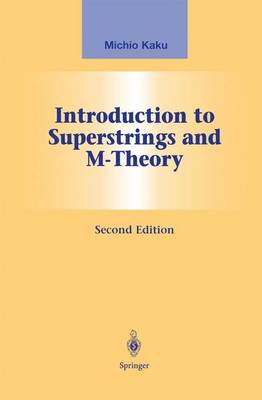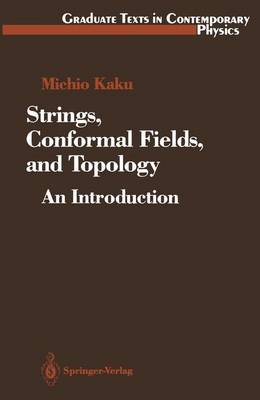Graduate Texts in Contemporary Physics
4 total works
This comprehensive tutorial introduces the development of, and current trends in, superstring theory, a significant and still controversial attempt to unify general relativity and quantum field theory. Intended for graduate students with a year of quantum mechanics and familiarity with relativistic methods, the book makes these exciting developments available to physicists, mathematicians, and others for the first time in one volume. Stressing current areas of research activity, Introduction to Superstrings addresses all relevant topics including string field theory, multi-loops and Teichmuller spaces, conformal field theory, and four-dimensional superstrings. Professor Kaku is currently leading seminars in superstring theory at the Graduate Center of the City University of New York.
Building on the foundations laid in his Introduction to Superstrings and M Theory, Professor Kaku discusses such topics as the classification of conformal string theories, knot theory, the Yang-Baxter relation, quantum groups, and the insights into 11-dimensional strings recently obtained from M-theory. New chapters discuss such topics as Seiberg-Witten theory, M theory and duality, and D-branes. Throughout, the author conveys the vitality of the current research and places readers at its forefront. Several chapters reviewing the fundamentals of string theory, making the presentation of the material self-contained while keeping overlap with the earlier book to a minimum.
Called by some "the theory of everything," superstrings may solve a problem which has eluded physicists for the past 50 years -- the final unification of the two great theories of the twentieth century, general relativity and quantum field theory. This is a course-tested comprehensive introductory graduate text on superstrings which stresses the most current areas of interest, not covered in other presentation, including: string field theory, multi loops, Teichmueller spaces, conformal field theory, and four-dimensional strings. The book begins with a simple discussion of point particle theory, and uses the Feynman path integral technique to unify the presentation of superstrings. Prerequisites are an aquaintance with quantum mechanics and relativity. This second edition has been revised and updated throughout.
Following on the foundations laid in his earlier book "Introduction to Superstrings", Professor Kaku discusses such topics as the classification of conformal string theories, the non-polynomial closed string field theory, matrix models, and topological field theory. The presentation of the material is self-contained, and several chapters review material expounded in the earlier book. This book provides students with an understanding of the main areas of current progress in string theory, placing the reader at the forefront of current research.



